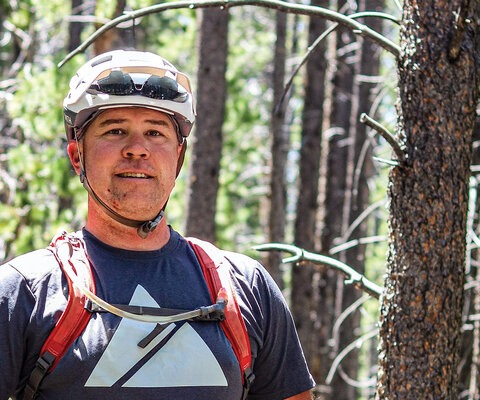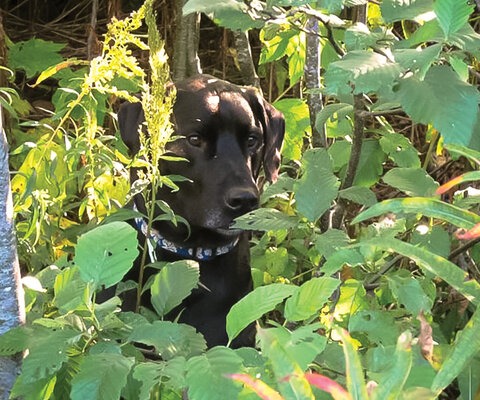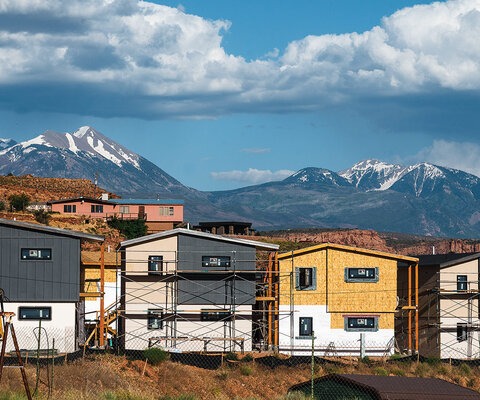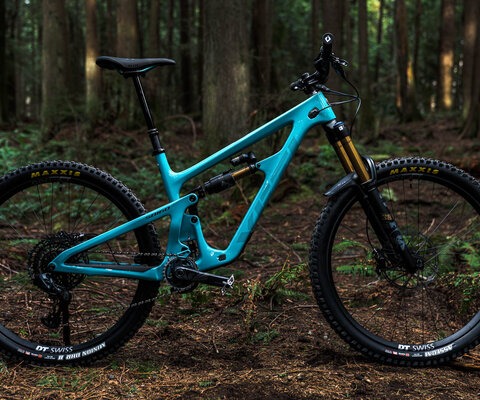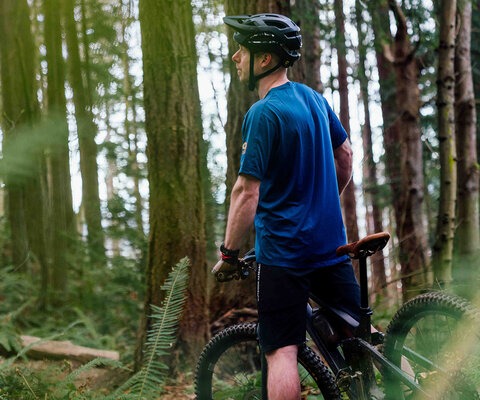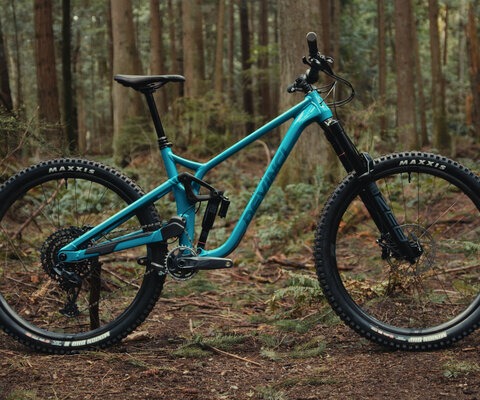
#########HEADLINE
You know you’re doing something right when you park your car at the edge of an empty field on a cold, wet, rainy and very early Saturday morning and a dozen kids are waiting for you.
The group of boys and girls, ranging in age from 6 to 17 years old, crowd around the car as we climb out, stiff from our three-hour drive north from Vancouver, BC. We’re in Boothroyd, a small Aboriginal community located in the Fraser River Canyon in the interior of British Columbia. The kids are impatient, vibrating with energy. “Where have you been?” they ask. “We’ve been waiting forever! Let’s go!”
They start grabbing all kinds of tools and materials out of our car, and are soon running in all directions in total chaos. Someone’s going to get killed or seriously injured.
We’re in Boothroyd for the next two days to build a bike skills park, the culmination of several months of meetings and planning. The kids have been part of every step, somehow sitting patiently through meetings, waiting as we worked to get funding.
Finally, their efforts have come to fruition. The day has arrived, and they couldn’t be more excited, buzzing around like hyper-animated locusts.
The swarm, and project in general, all started with a simple, unexpected question a few months before. “What do you know about mountain biking?” asked one of Boothroyd’s elders.
It was a query I hadn’t expected. As a community planner, I work with First Nation/Indigenous communities throughout western Canada. I have sat through countless meetings, listening to elders and leaders, hearing their desperation when talking about their kids. Poverty. Addiction. Sedentary lifestyles. Diabetes. Obesity. Social isolation and suicide. From any indicator for community health and well-being, Aboriginal youth in Canada are facing more challenges than almost any other demographic.
Over the years I’ve been involved in numerous programs attempting to engage youth with consistently disappointing results. But that question—unexpected and far from the usual doom-and-gloom subject matter—would change the conversation entirely.
“Our kids are riding bikes all over the place,” the elder continued, giving the context behind his question. “We can’t leave a pile of dirt for five minutes without them building some crazy-looking jump out of it. They’re taking wood from people’s fences and yards for their stunts. And we don’t want them to stop. We want them outside, keeping busy enough that they aren’t doing drugs or drinking.
And then the clincher. “Can you help us?” he asked.
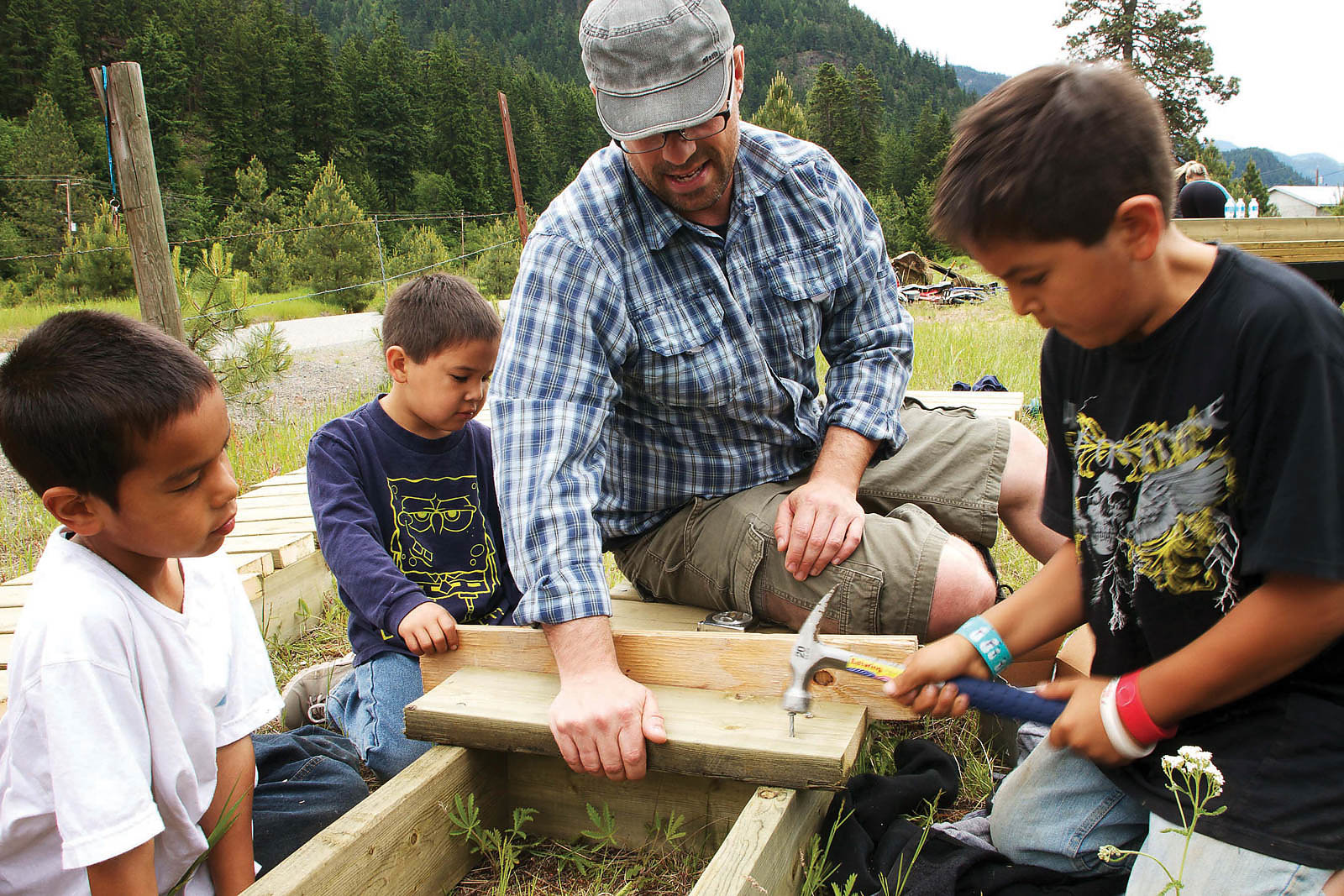
This conversation led to the creation of the Aboriginal Youth Mountain Bike Program (AYMBP), a group of riders and community leaders coming together with the simple goal of getting youth out riding, reconnecting with nature, and living healthy, active lives. Over the past several years, the program has grown and is now working with several dozen communities throughout the province, building bike parks, trails and imparting kids with a love for riding.
The implications, however, have been more far-reaching than we had ever expected.
Beneath the world-famous loam and trails of British Columbia, deeper issues are at play, including a dark history of colonialism and cultural genocide. With the recent completion of the Truth & Reconciliation Commission and a growing list of court victories, the Indigenous people of British Columbia are asserting their Aboriginal Rights and Title and their role as the caretakers and stewards of the land.
For the mountain bike community, this means acknowledging that the trails we love, in many cases, have been built and used without the consent or involvement of the First Nations upon whose territories we ride. But rather than fighting, many riders and trail builders are embracing this not as a struggle for land, but as an opportunity for building relationships and creating a legacy of mountain bike recreation that can serve as a source of inspiration around the world.
Back in Boothroyd, for the next two days all of the kids, both boys and girls and youngest to oldest, work themselves to the point of exhaustion. They put in 10 hours each day to complete their new bike park, which includes some wooden features and skinnies, a pump track, one fairly large gap jump, as well as a series of small trails around the small town. Parents and families come down to watch, looks of amazement painted on their faces, saying with wonder that they’ve never seen their kids work so hard. Pride emanates from adults and children alike.
I’m constantly being asked what reconciliation means or looks like. To me, it’s watching a group of people, First Nations and Canadians, cutting a trail together, discussing routes and descents, laughing, swapping stories. It’s the look of pride on an elder’s face as he listens to his grandkids describe their day out on the land. It’s hearing men and women sing and drum to bless the completion of a trail that follows the ancient footpaths of their ancestors. And then, finally, it’s flying through the tress on our bikes, all of us, together.
It may not be a technical, official definition, or some grand sociology or political theory. But it’s the kind of reconciliation that works for me.
By the end of the weekend, exhausted and worn out, we stand back and watch the kids attack their new bike park, hurling themselves around the pump track, launching off the gap jump, laughing and yelling. I recognize the elder who first asked me for help. He makes a sweeping gesture with one arm, taking in the kids and everything we’ve accomplished, before giving me a smile and an almost imperceptible nod and wink.
Then one of the youngest boys stands at the center of the park, his arms raised above his head, and shouts, “THIS PARK IS OURS!”
